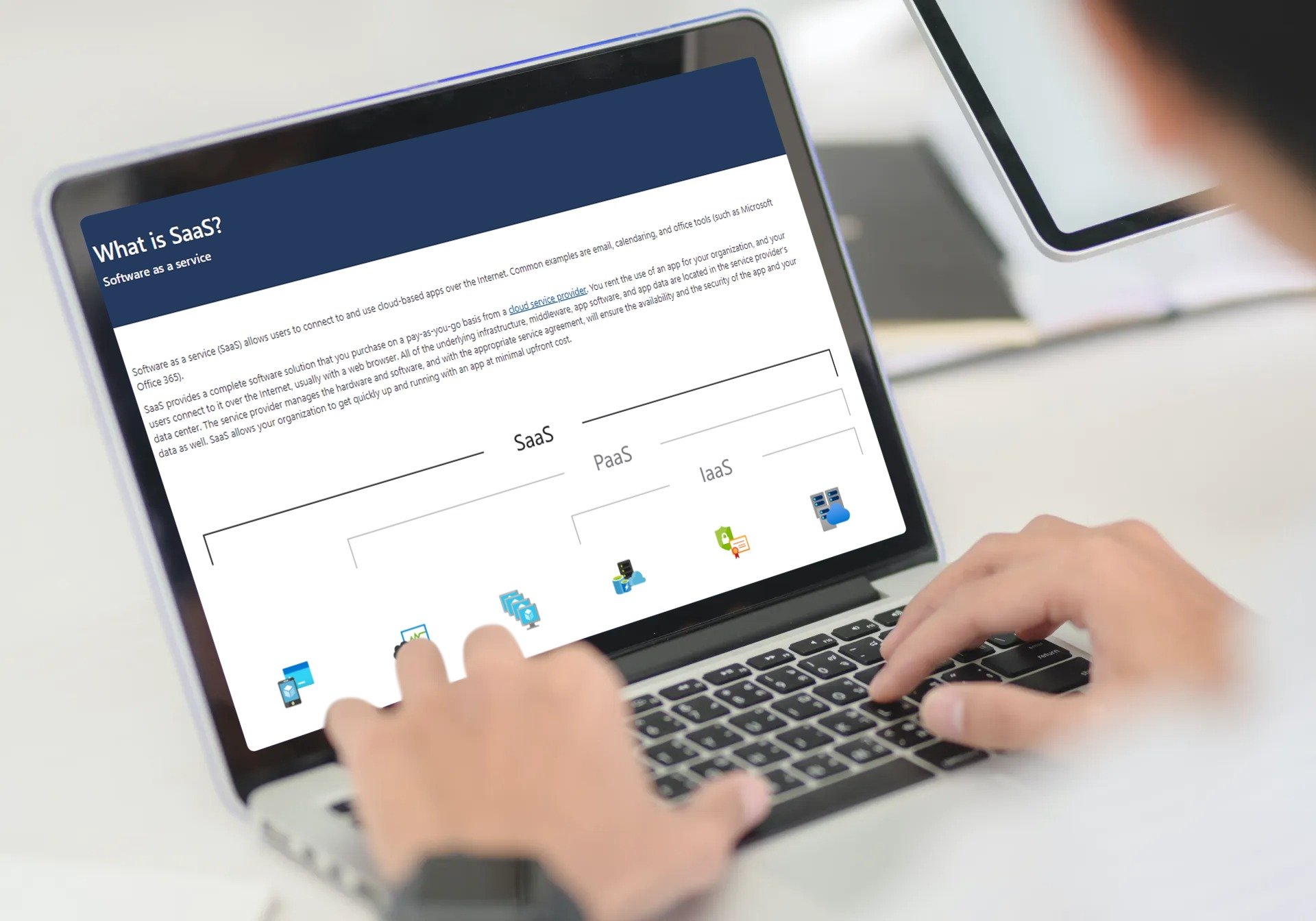If you are considering moving to the cloud, you have come across the fact that access to hosting comes in different licensing models. The most popular of them are IaaS, PaaS and SaaS. In this article, we present the differences between the various possibilities, with particular emphasis on SaaS, because it is in this model that Business Central is available in the cloud version.
IaaS (Infrastructure as a Service), it is a model in which computing infrastructure is shared and managed via the Internet.
PaaS (Platform as a Service) is a complete development environment enabling the delivery of IT solutions in the form of cloud-based applications. As with IaaS, this model also includes infrastructure (servers, storage, and network). However, here we also deal with a development environment (development tools, business analysis services, database management systems, etc.).
SaaS (Software as a Service) provides users with the ability to connect to cloud-based applications. Examples of such applications are email or calendar known from Microsoft Office 365 or Dynamics 365 Business Central online application.
By using the application available in the form of SaaS, there is no need to manage the network, infrastructure, hardware, software and security. These tasks are handled by a hosting provider (eg Microsoft Azure). Access to SaaS applications is usually very convenient, as it only requires the use of a standard web browser.
Elements that are available in IaaS, PaaS and SaaS:
- IaaS: infrastructure including physical data center, firewalls, network security, and servers and storage.
- PaaS: infrastructure available under IaaS, operating systems, programming tools, database management, business analytics.
- SaaS: infrastructure and services available under IaaS and PaaS models. In addition, hosted applications and client applications.
Więcej na temat aplikacji SaaS można przeczytać na: https://azure.microsoft.com/en-us/overview/what-is-saas/
Dynamics 365 Business Central
Dynamics 365 Business Central is available in the traditional model as a local installation (on-premises), the SaaS model and in the hybrid model (installation of the system in an external Data Center).
There are many benefits to choosing a SaaS version. First of all, it is very high reliability. Microsoft Azure offers 99.9% service availability (SLA). In addition to high reliability, another advantage is the extremely convenient update process and smooth integration with other cloud solutions from Microsoft.
You can read more about the available deployment types at https://dynamicseip.com/en/about-product/types-of-implementation/
